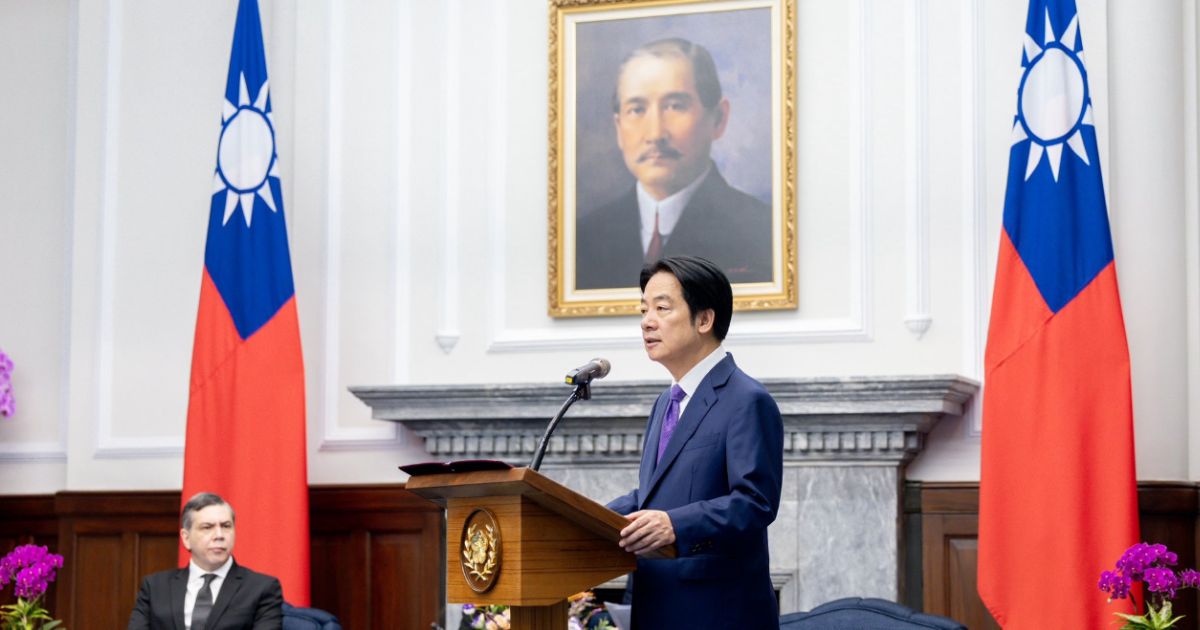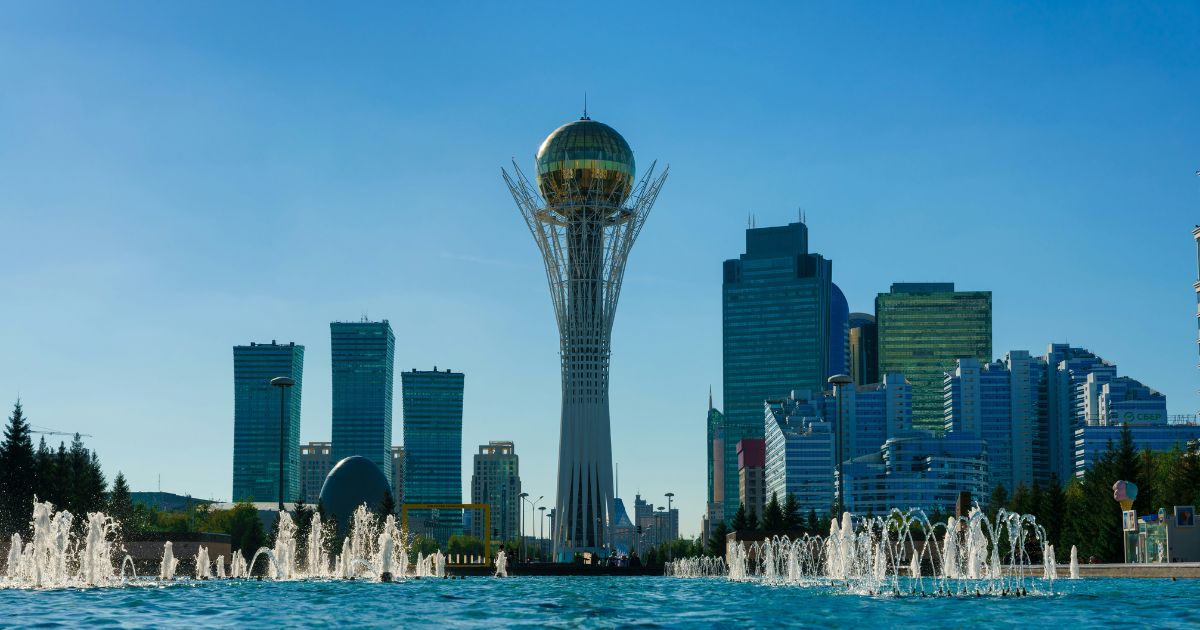Taiwan will step up the construction of a “Taiwan Shield” or “T-Dome” air defense system amid China’s military threat, its president said on 10th October.
President Lai Ching-te also vowed to hike defense spending to over 3% of GDP and to 5% by 2030. GDP, or gross domestic product, is an indicator of the size of the economy as a whole.
The rise in the defense budget has a reason,” he told an outdoor rally on Taiwan National Day. “With clear necessity to meet enemy challenges and a driving factor for indigenous development of our defense industries.” Taiwan is a self-ruling island off China’s eastern coast that China considers part of its territory and says it must come under its control.
The United States, though not acknowledging Taiwan as a state, provides its government with weaponry to defend itself and is against any application of military force by China to resolve its conflict with Taiwan.
The Foreign Ministry of China on Friday denounced U.S. arms sales to Taiwan and Chinese-U.S. military relations.
The Lai Ching-te authorities’ efforts to pursue independence by force of arms and block reunification by force will only pull Taiwan down into a dangerous path of military confrontation,” said spokesman Guo Jiakun.
Lai branded Taiwan as a “beacon of democracy” in Asia, contrasting with China’s single-party state.
“Democratic Taiwan. Will make every effort to keep the status quo, safeguard peace and stability in the Taiwan Strait, and foster regional prosperity and development,” he declared from a giant stage erected in front of the presidential office building dating from the early 20th century.
Much of his address concerned economic matters, such as Taiwan’s reaction to the steep tariffs that President Donald Trump has levied on exports to America this year.
The administration has initiated a 93 billion New Taiwan dollar ($3 billion) policy to assist businesses, laborers and farm and fishing industry people adversely affected by the tariffs.
“We will also actively pursue reciprocal tariff negotiation with the U.S. to obtain a reasonable rate,” Lai said.
Refusing to name Trump, he averred that America’s tariffs have been adding to the world’s already existing problems — that is the Russia-Ukraine conflict, the unrest in the Middle East, and China’s ongoing military expansion.
The Chinese military continuously sends fighter jets and warships into Taiwan’s skies and waters and has conducted large-scale military exercises there in recent years.
Lai stated that his administration would build an intensive defense framework with top-grade detection and successful blocking powers.
His mention of the term “T-Dome,” the abbreviation for Taiwan Dome, was clearly a pointer to Israel’s Iron Dome defense system.
It wasn’t immediately apparent whether the “T-Dome” was a reference to a new defense system or a new title for current programs. A Defense Ministry official was not immediately available to clarify.
Taiwan’s Defense Ministry stated in a report this week that it is teaching troops to shoot down drones and is seeking to acquire anti-drone weapons systems in response to China’s growing development and deployment of military drones.
Trump has pushed Taiwan to boost military expenditure to 10% of its GDP, an expectation reaffirmed on Tuesday by the nominee to be the Pentagon’s top official for the Indo-Pacific region.
The “T-Dome” can enable Taiwan to send a message to the U.S. that it is boosting defense spending at a fast pace, but with its military build-up remaining defensive in scope, said Wen-Ti Sung, an Atlantic Council fellow.
“Lai had clearly heard U.S. calls for Taiwan to ramp up defense spending, and that’s why Lai detailed very specific defense-budget-as-share-of-GDP goals and a precise timeline,” Sung added.
Taiwan, with 23 million inhabitants, is self-governing but has not issued official independence, a step likely to invite a Chinese attack.
China and Taiwan have been ruled separately since 1949, when a civil war placed the Communist Party in power in Beijing. Losing Nationalist Party troops retreated to Taiwan, where they established their own administration.
Taiwan’s Oct. 10 national day is the anniversary of an Oct. 10, 1911, rebellion in China that overthrew its last imperial dynasty. It follows nine days after China’s national day on Oct. 1, when communist revolutionary leader Mao Zedong declared in 1949 the founding of the People’s Republic of China.




